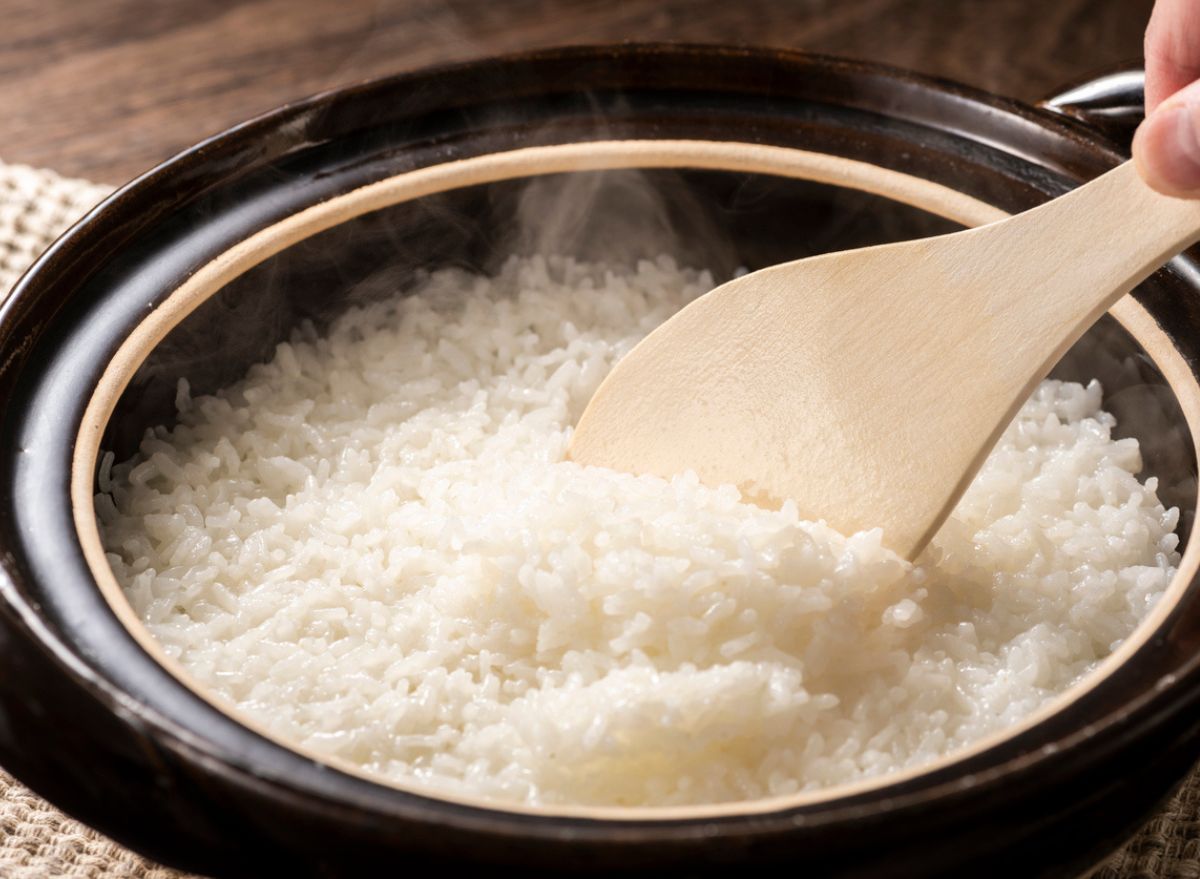Summary of Is White Rice Healthy? 7 Effects of Eating It:
White rice is a low-fat and gluten-free grain that can supply quick energy and contains some nutrients such as folate, thiamin, and iron. However, it’s less nutritious than other whole grains, has a high glycemic index, and lacks fiber. Nutritionists advise eating it in moderation and pairing it with fiber-rich foods while incorporating healthier alternatives in the diet. Whole grains are crucial for maintaining heart health due to their fiber content.
*****
Is White Rice Healthy? Experts Weigh In
Introduction: A Popular Grain Under the Microscope
White rice is a staple in many households and a beloved carb option. But, with concerns around its processing and lack of nutrients, many people are asking the question: is white rice healthy? In this article, we will delve into the potential benefits and downsides of this popular grain and hear from expert dietitians on the topic.
Nutrition Comparison: White vs. Brown Rice
Before we dig into the benefits and risks of eating white rice, let’s first look at its nutritional profile. According to the USDA, one cup of cooked white rice has 242 calories, 4.4 grams of protein, 0.4 grams of fat, 53.2 grams of carbohydrates, and 0.6 grams of fiber. In comparison, one cup of cooked brown rice has 218 calories, 4.5 grams of protein, 1.62 grams of fat, 45.8 grams of carbohydrates, and 3.51 grams of fiber.
Four Benefits of White Rice
1. Energy Boost: White rice is a high-carbohydrate food that provides a quick and easily digestible source of energy. It is particularly beneficial for people engaging in physical activities or needing a quick energy boost.
2. Gluten-Free: White rice is entirely gluten-free, making it suitable for individuals with gluten sensitivities or celiac disease. It can be a valuable staple for those following a gluten-free diet and seeking alternative grain options.
3. Contains Some Nutrients: White rice contains essential nutrients such as folate, thiamin, and iron, despite being processed. These contribute to overall nutritional intake.
4. Low in Fat and Cholesterol: White rice is naturally low in fat and cholesterol, making it a suitable choice for people aiming to manage their weight or maintain heart health.
Three Downsides to White Rice
1. Fewer Nutrients Than Other Grains: White rice is more processed than other whole grains, leading to a lower nutritional content. The refining process removes essential vitamins, minerals, and antioxidants found in the outer layers of rice, resulting in fewer health-promoting compounds.
2. High Glycemic Index: White rice has a high glycemic index, meaning it can spike blood sugar quickly. This can be problematic for individuals with diabetes or those seeking to manage blood sugar levels. Opting for whole grain alternatives may mitigate this effect.
3. Lacks Fiber: White rice lacks fiber, which is essential for digestive health and maintaining satiety. Without fiber, white rice can be less filling, leading to potential overeating or less control over portion sizes.
Is White Rice Healthy?
The answer to this question is not straightforward. While white rice can provide an energy boost and is gluten-free, it is more processed than other whole grain options, has a high glycemic index, and lacks fiber. Experts caution that consuming it in moderation and diversifying the diet with healthier alternatives is advised for individuals aiming for optimal health and nutrition. Add fiber-rich foods alongside your white rice to maintain satiety and ensure balance in your diet.
Conclusion: Moderation and Balance is Key
White rice can be a delicious and convenient carbohydrate option, particularly for those seeking gluten-free alternatives. However, it lacks fiber and nutrients compared to other whole grains, and its high glycemic index can be problematic for some individuals. Experts recommend that incorporating a variety of other nutrient-dense foods alongside your white rice is crucial for optimal health and nutrition. As with many foods, moderation and balance are essential for achieving a healthy diet.

![Cultivating Healthy Habits: EP 1444 [MASTERCLASS]](https://defuckmedia.com/wp-content/uploads/2023/05/DSC00343-1440x960-150x150.jpeg)